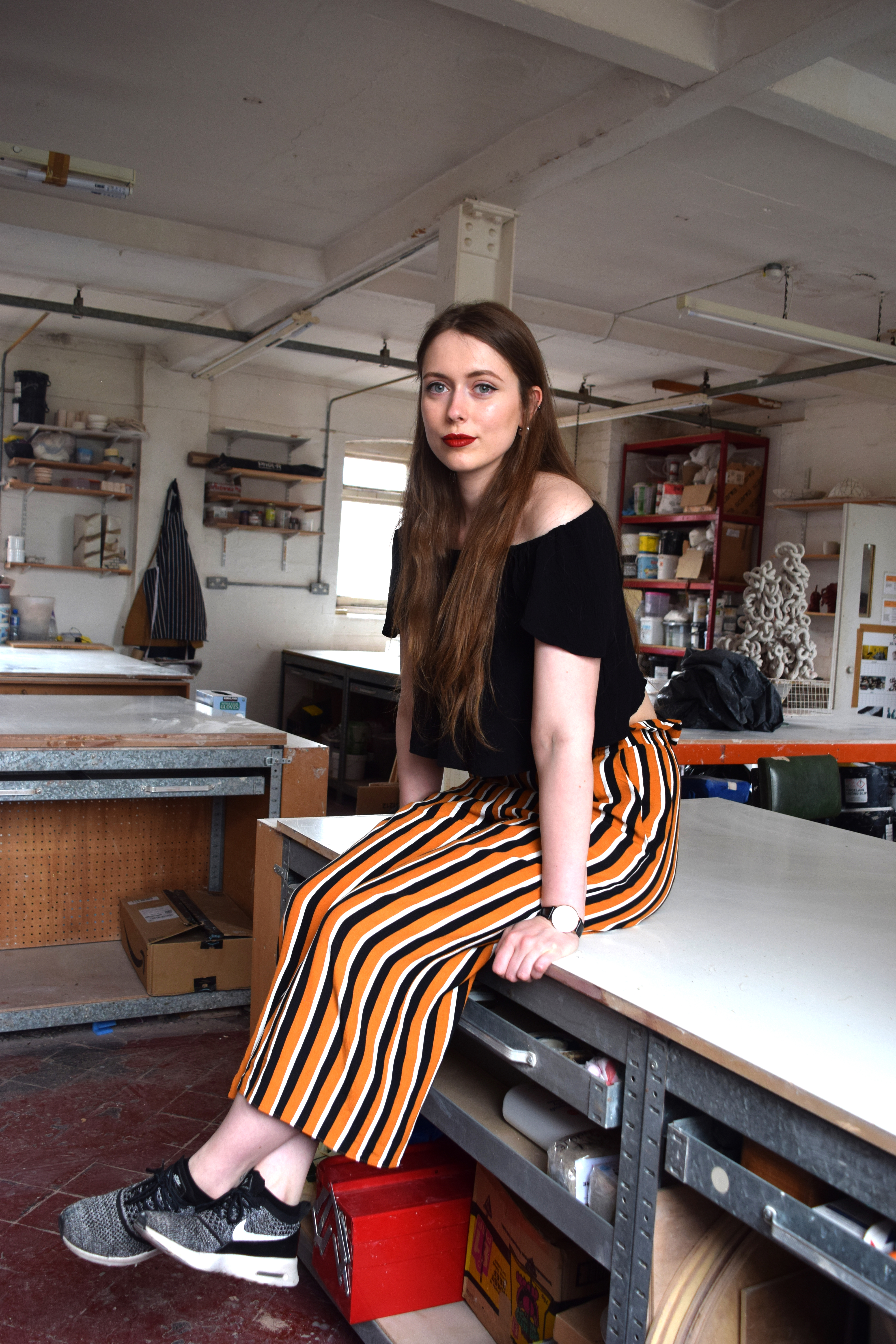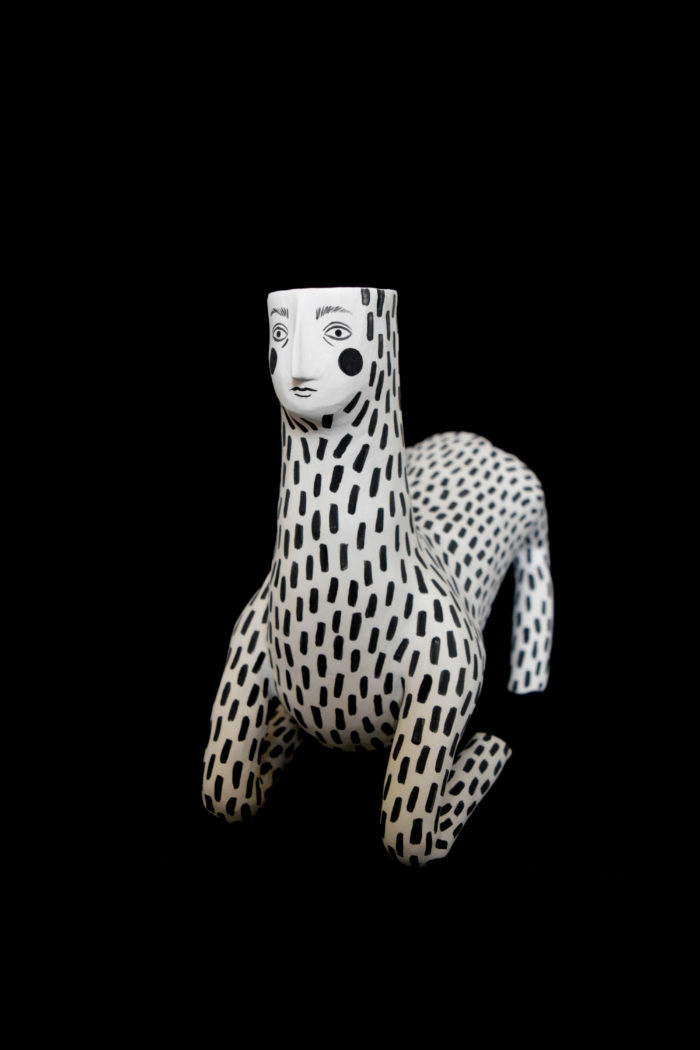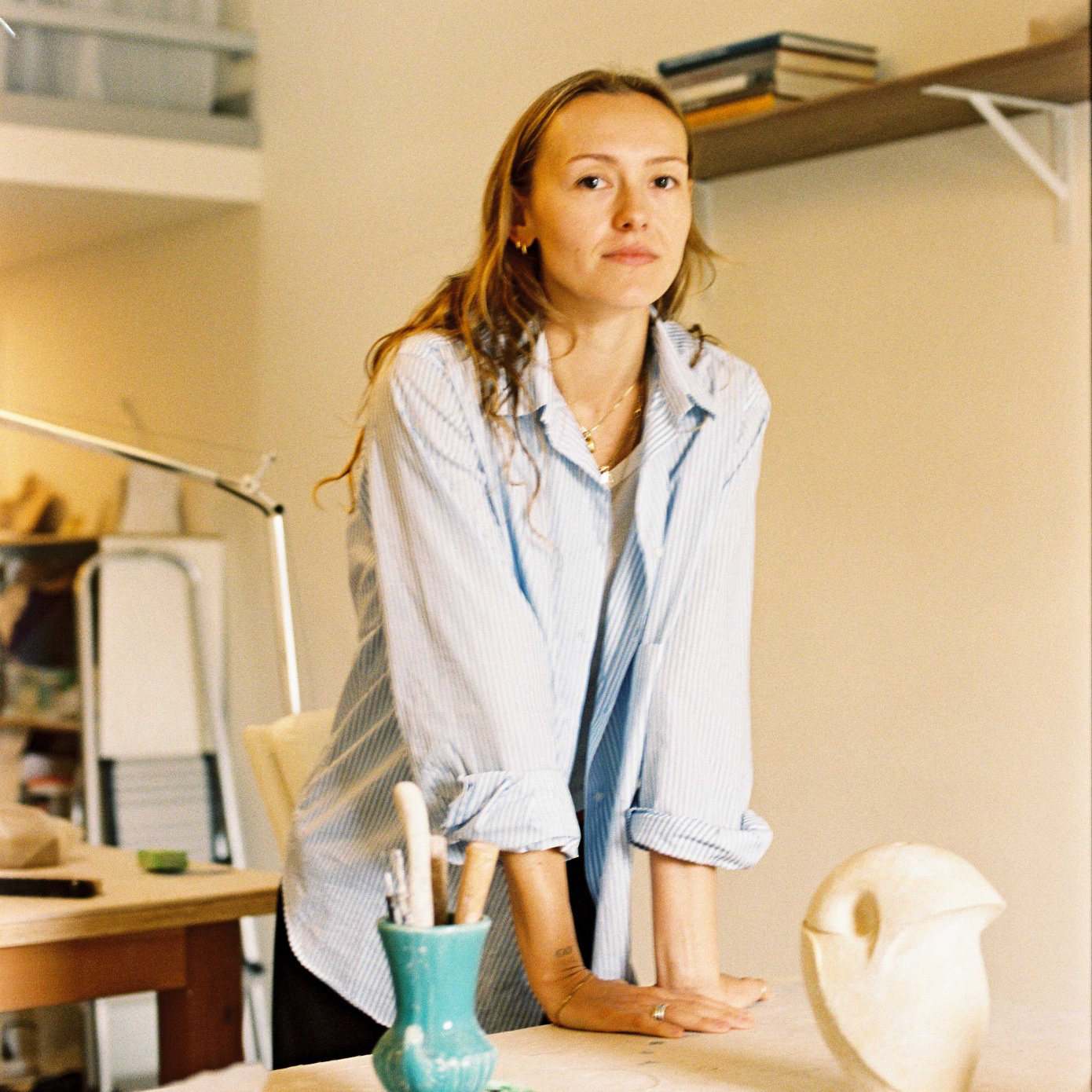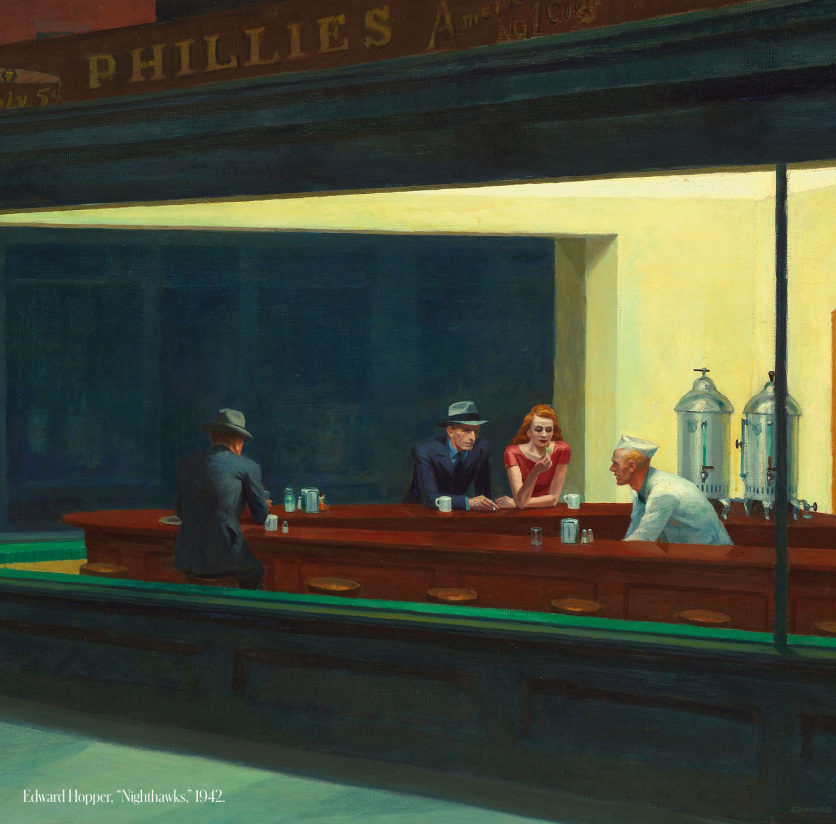
“I’ve always been fascinated by storytelling,” says 24-year-old ceramic artist Lena Peters. “My day job is actually in a book shop.” Born to Dutch parents and raised in Sheffield, UK, Peters found the surrounding craggy moors and verdant hills of the Peak District and its mythology—far less canonized than Greek or Roman—uniquely romantic and compelling.
While Peters may still have a day job, she made a grand art world entrée a few short months after graduating from Central Saint Martins in July 2017. Her final degree project was selected by editor and consultant Gianluca Longo for inclusion in a November 2017 show he curated for David Gill Gallery titled “Vases and Vessels.” Embedded within a series of anthropomorphic female creatures that reincarnate Roman legends mixed with a distinctly pagan quality, Peters’s body of vessels and ceramic objects are a riot of strange charm. A tile installation depicts a female and male Romulus and Remus suckling milk from a vaguely cat-like creature with flowing hair; a handleless amphora is whimsically encircled with a winged creature that recalls an Assyrian griffon with a female face that appears slightly startled.
Accompanying the work is “Secrets of the Hidden North,” a text similar to that one might find summarizing an archaeological dig on display at a museum. “The objects,” the text reads, “were discovered in 2015 in the woods of Northumberland National Park, just above Hadrian’s Wall, in the remains of a small settlement.” The statement goes on to posit that they are found objects made by a mingled community of Roman and Celtic Britons, whose iconography fused in this series of ceramic pieces.

David Gill calls Peters’s work “beautiful and intensely delicate,” adding that the story fascinates collectors. “Collectors are compelled by the entirely convincing backstory behind each of her pieces and the architectural ‘dig’ that inspires a body of work,” he says of the young artist.
Fantasy, mythology and historical assignation drive Peters’s imagination. “It is a narrative which for me weaves that kind of boundary between truth and fiction and what we are looking at,” says the artist. It is the inherent mystery of historical hypothesis that compels Peters: “I spoke to an archaeologist once who said to me that when an archaeologist isn’t sure what something is, they call it a ‘ritual object.’ That always stuck with me.”
“Romans invaded everywhere. They had a good long time to settle in and bring their influences. But growing up in the wild landscape of Sheffield, that is the landscape I populate in my mind, combining the classic with the pagan stories of the land,” she says, referencing regional folklore, like the myth about wild ghost dogs and underwater horses that are said to drown people. “Something about British folklore draws me in; it is filled with things you can imagine seeing around you in the land.”
While Peters delves into specific narratives in her work, she also emphasizes the cultural omnipresence of mythology itself: “It is so universal.”





